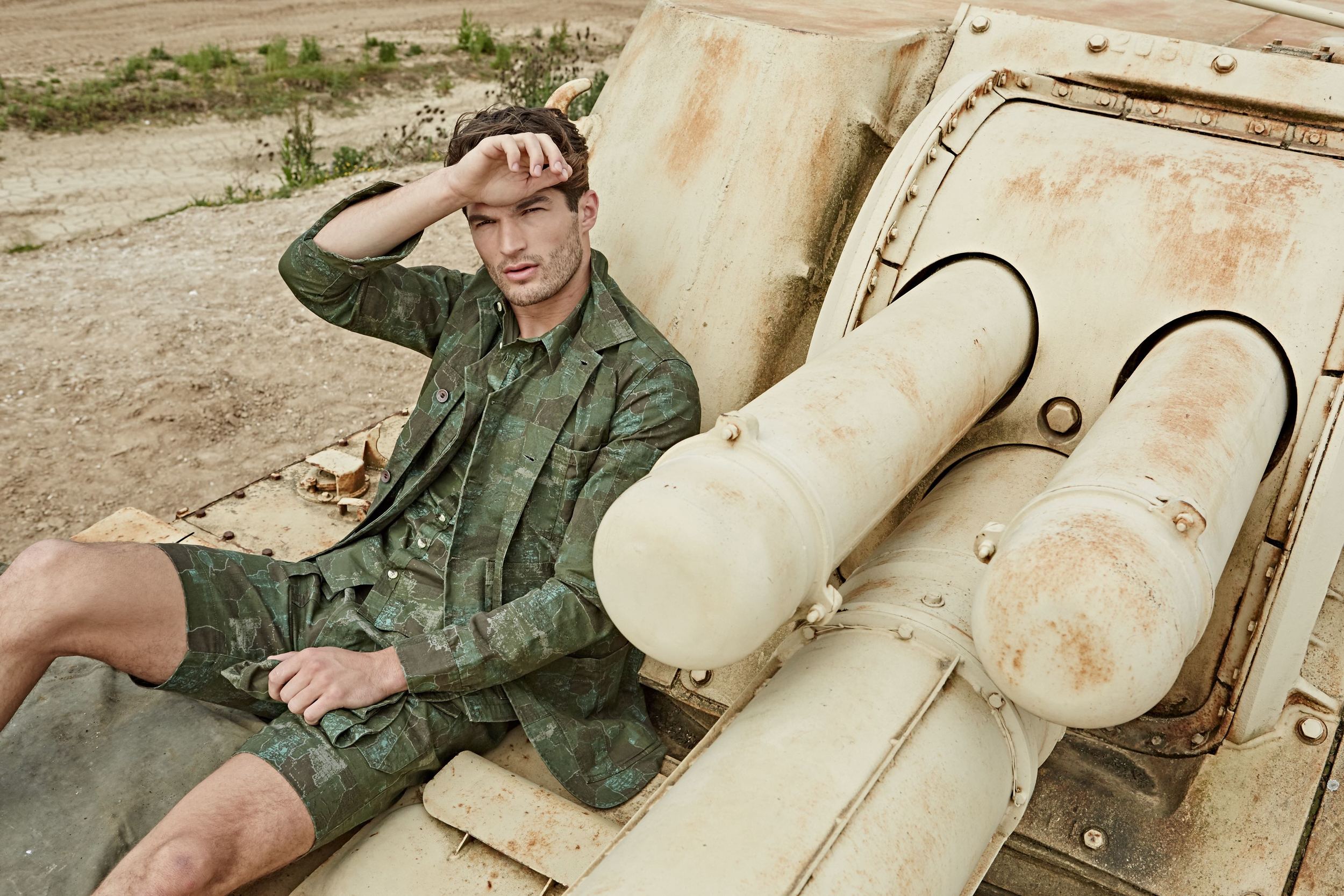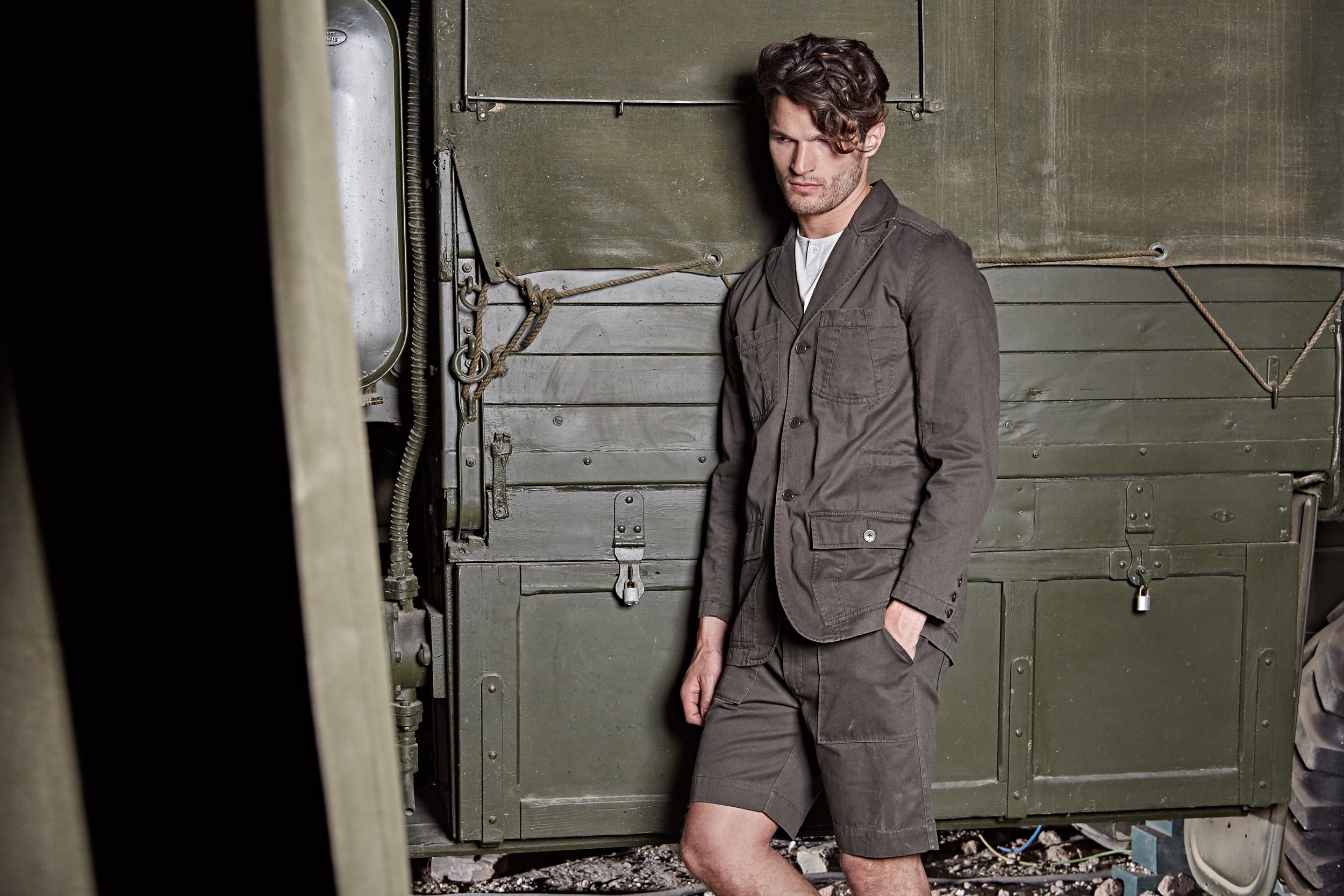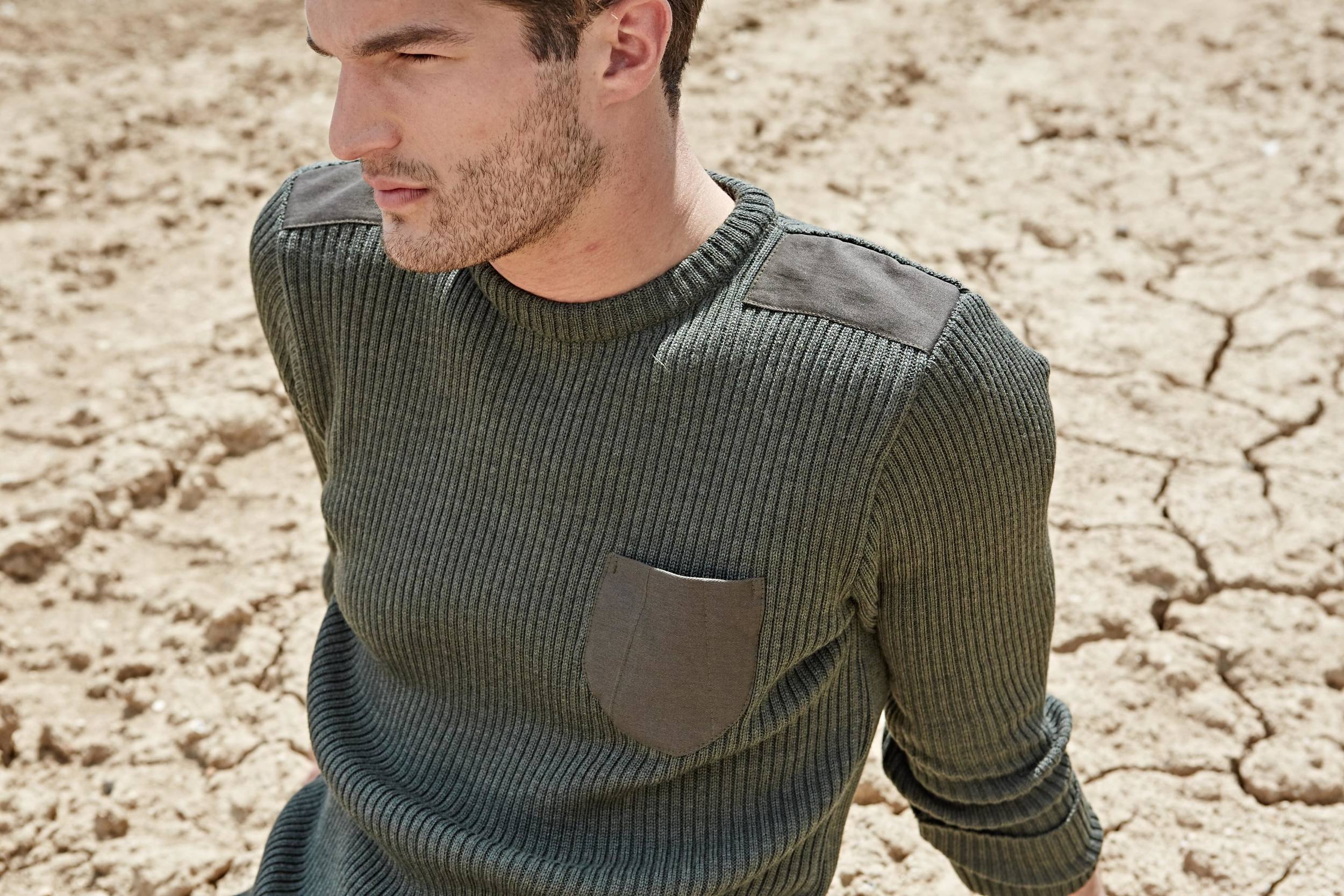Ever tried to start a fire on wet ground? There aren’t enough curses in the dictionary. A Swedish torch log is the answer, providing all the fuel for the burn and a surface for resting your kettle on, while keeping the fire raised off the ground
A Swedish torch log burns for two to four hours
Based on a centuries old idea, the Swedish torch log is becoming increasingly popular among bushcraft and outdoor enthusiasts as a low-impact alternative to gas stoves and an antidote to the frustrations of trying to start a campfire on wet ground.
There is some conjecture over their origin but Swedish torches may have been used by soldiers of northern European states, fighting in the Thirty Years' War (1618-1648). The name is likely to have derived from the German words Schwedenfeuer or Schwedenfackel, which translate as Swedish Fire or Torch.
The great advantages of the Swedish torch log over a conventional campfire, are that the log provides all the fuel for combustion and for the duration of the burn – typically around 2-4 hours, depending on its size. The fire burns from the top, downwards (hence their other name 'log candle') and is always raised off the ground, which is very handy in cold, wet weather. The torch can also be used as a cooking stove, since its flat top provides a stable surface on which to rest a pan or kettle, exactly above where the flames and heat are most concentrated.
To make one, you'll need a well-seasoned log around 8 inches or more in length. Pine, larch or birch are ideal. Using a chainsaw, cut two or three slots across the diameter, down to 3/4 of the log's length. If you don't have a chainsaw you can use an axe to quarter the log then reassemble it using wooden spacers to keep the slots open. I like to attach a string handle to the log so I can carry it around easily (before it's lit, obviously!). Insert kindling into the slots and on top of the log, then light it. The gaps will allow air into the heart of the fledgling fire, which eventually becomes self sustaining as the log begins to burn from the core outwards.






























